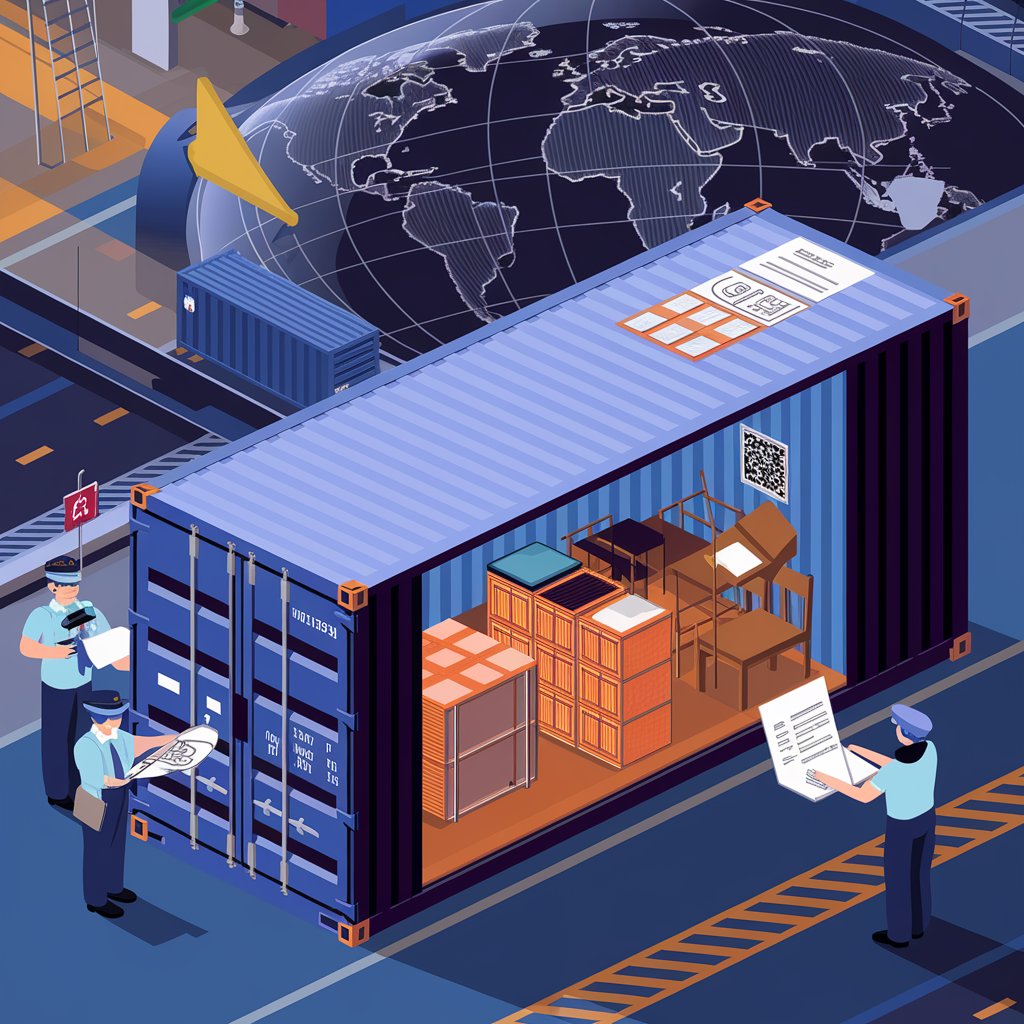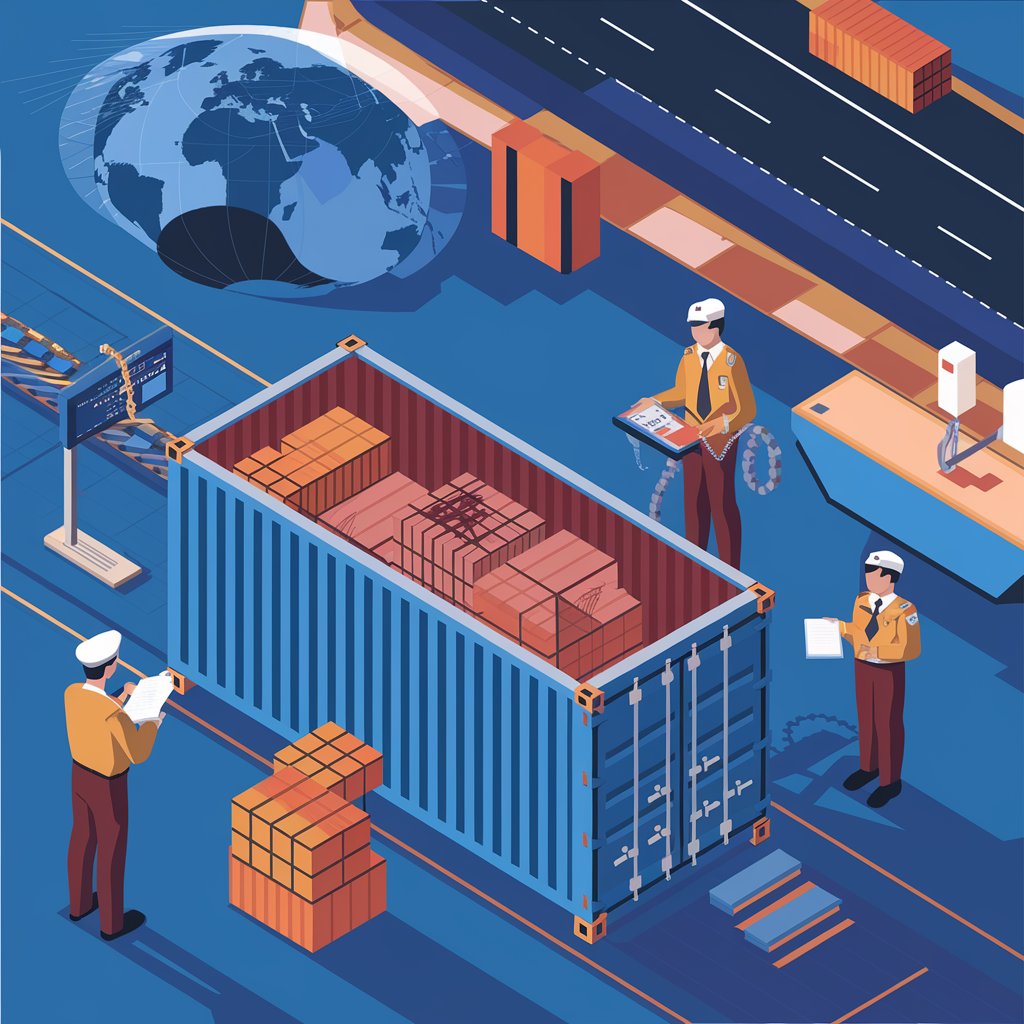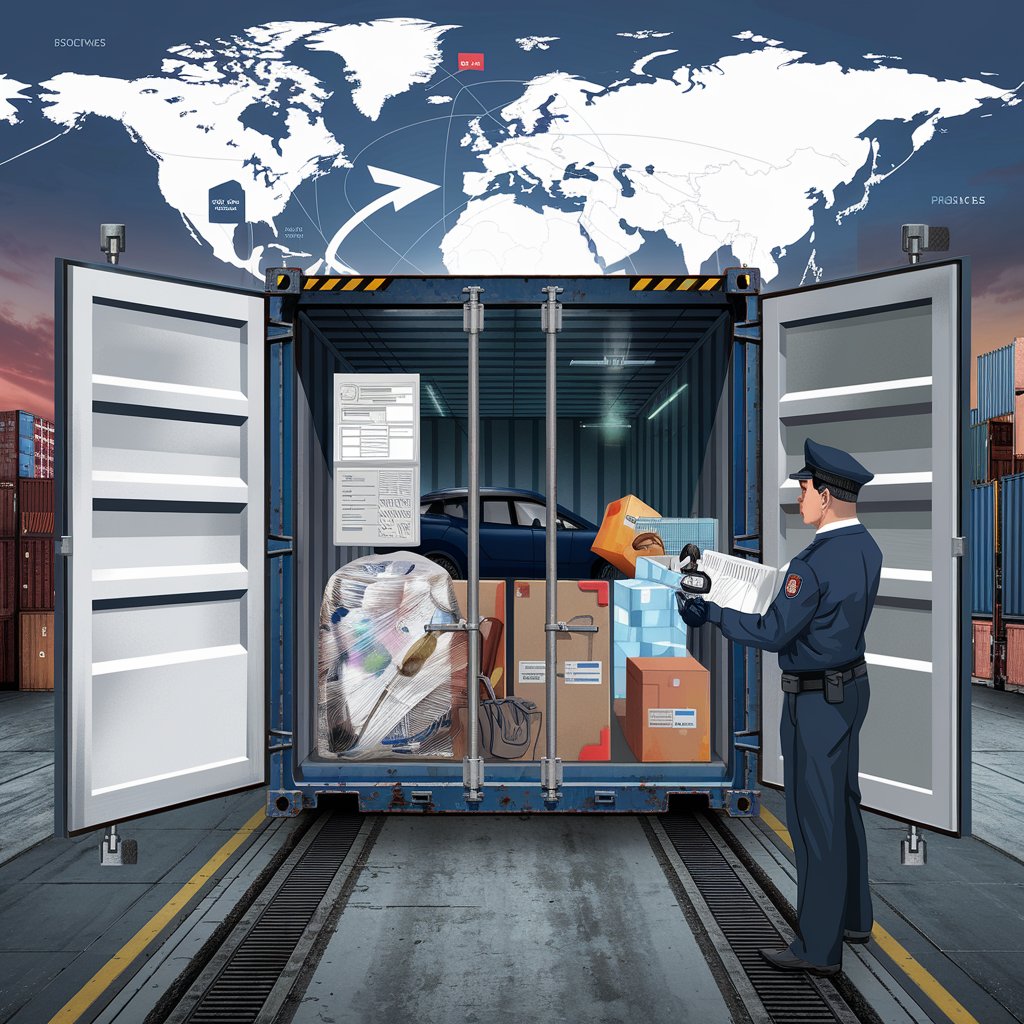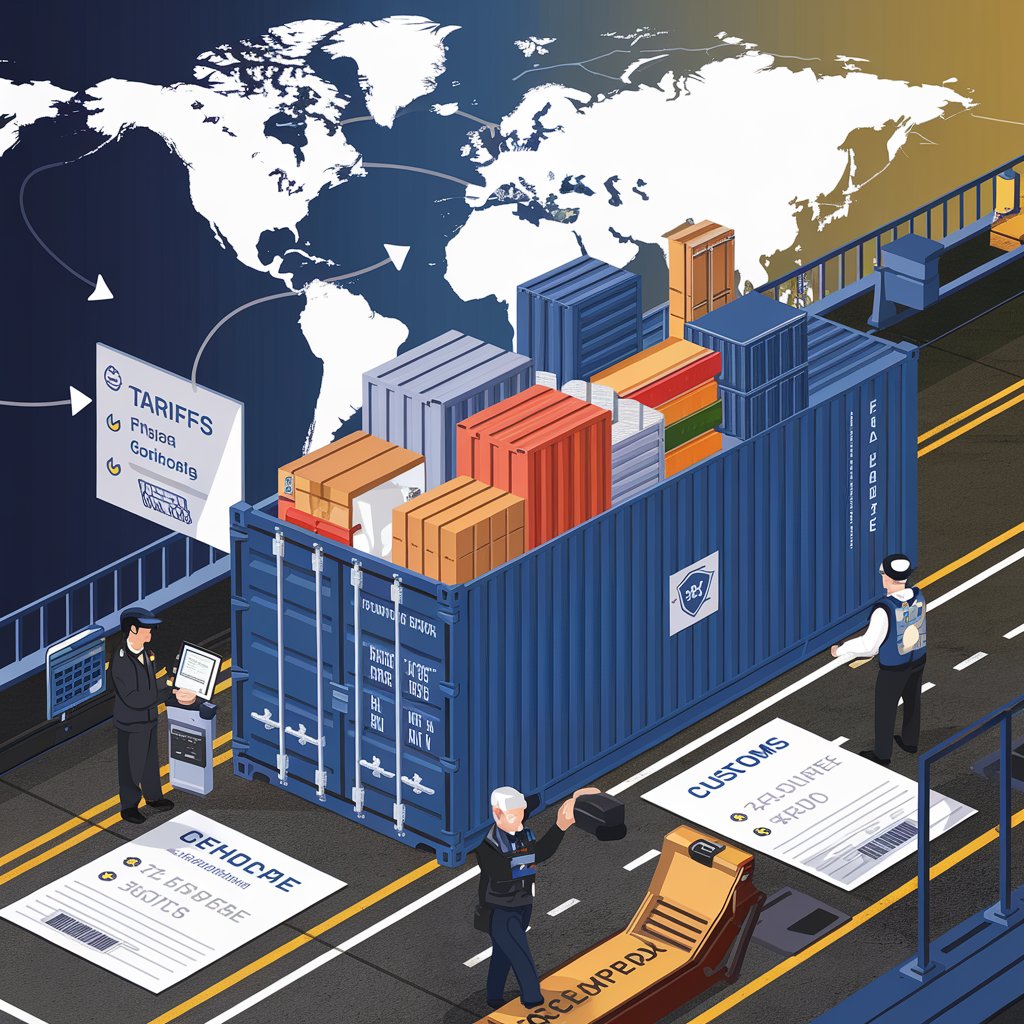Demystifying Customs Clearance for Professionals

What is Customs Clearance?
Customs clearance is the process of ensuring that goods are properly documented, inspected, and processed to meet the regulatory requirements of the importing country before they are allowed to enter or leave that country. This process ensures compliance with various rules, including tariffs, taxes, and other trade regulations.

Key Steps in Customs Clearance:
- Documentation: The first step involves submitting necessary documents, such as the Bill of Lading, commercial invoice, and packing list, which provide detailed information about the goods being shipped.
- Customs Declaration: The next step is to submit a customs declaration that includes details such as the value of the goods, origin, classification, and the applicable tariff codes.
- Inspection: Customs authorities may inspect goods to verify their content, quantity, and value. Depending on the country and the nature of the goods, an inspection might be a routine process or a more detailed examination.
- Payment of Duties and Taxes: Once goods have been declared and cleared, businesses must pay the applicable customs duties and taxes before the shipment can proceed.
- Release: After all requirements are met, the customs authorities issue clearance, allowing the shipment to be released to the recipient..
Key Features of Customs Clearance
- Regulatory Compliance:
Customs clearance ensures that shipments comply with local, national, and international trade laws. This includes understanding import/export restrictions, embargoes, and documentation requirements. - Efficiency:
Proper customs clearance can significantly speed up the shipment process, minimizing delays that could otherwise result in costly storage fees or missed deadlines. - Customs Duties & Taxes:
Customs clearance also involves the calculation and payment of duties and taxes based on the type, value, and origin of the goods. These fees are essential for a country’s revenue but can vary greatly depending on the product and country of origin. - Security:
Security protocols are another essential aspect of customs clearance, particularly with the increase in global trade and the need to prevent the trafficking of illegal goods. Customs agencies work to ensure that shipments do not contain prohibited or dangerous items.

Practical Applications of Customs Clearance for Businesses
- For Freight Forwarders
Freight forwarders act as intermediaries between exporters and customs authorities. They handle all the logistics of the shipment, including the customs clearance process. By managing paperwork, duty calculations, and inspections, freight forwarders ensure that goods move smoothly across borders without unnecessary delays. - For Importers and Exporters
Importers and exporters must understand the importance of customs clearance to ensure that their goods reach their destinations in a timely and cost-effective manner. Delays in can result in additional costs, such as storage fees, demurrage, or missed sales opportunities.
Example: An importer who fails to properly declare the value of goods or misclassifies them according to tariff codes may face higher duty payments or penalties. - For Supply Chain Management
Supply chain professionals need to incorporate customs clearance into their overall logistics strategy. Delays or errors in the clearance process can disrupt the flow of goods, creating bottlenecks that can have a ripple effect throughout the supply chain. By properly managing customs clearance, companies can maintain a smooth and continuous flow of goods from suppliers to customers. - For E-Commerce Businesses
With the growth of global e-commerce, customs clearance has become more critical than ever. Small businesses and online retailers must understand how customs works when shipping internationally to avoid delays, manage costs, and provide customers with timely delivery.
Challenges in Customs Clearance
- Complex Regulations
Customs regulations can be complex and vary by country, which is a major challenge for international trade. Keeping up with these changes requires businesses to stay informed and, in some cases, hire experts to navigate the complexities of the clearance process. - Delays
Customs inspections, paperwork issues, or the wrong tariff classification can cause significant delays, which can be detrimental to businesses that rely on quick turnaround times. - Costs
Customs duties and taxes can increase the overall cost of importing goods. Moreover, businesses may face fines for incorrectly declared goods or failing to provide the necessary documentation. - Risk of Errors
Errors in customs paperwork, such as mislabeling goods or incorrectly declaring their value, can result in significant fines and penalties. Businesses must be diligent and accurate when completing customs documentation.

How to Ensure Smooth Customs Clearance
- Accurate Documentation
Ensure that all required documents are accurately filled out and submitted to customs authorities. Common documents include the Bill of Lading, commercial invoice, and packing list. Providing clear and accurate descriptions of the goods is key to preventing issues during clearance. - Understand Tariff Codes
Properly classifying goods according to the correct Harmonized System (HS) tariff code is essential. Misclassification can lead to higher duties, fines, or delays. Research the tariff codes or consult with a customs broker to ensure accuracy. - Work with a Customs Broker
A customs broker is a professional who specializes in navigating the complexities of customs clearance. They can help with documentation, tariff code classification, and ensure compliance with all necessary regulations. Working with a customs broker can significantly reduce the risk of delays or penalties. - Stay Informed of Regulatory ChangesCustoms laws and regulations can change frequently. Staying informed about the latest requirements helps businesses avoid compliance issues and ensures timely clearance of shipments.
Why Customs Clearance is Essential for Global Business
For businesses that engage in international trade, customs clearance is more than just a regulatory step—it’s a key part of ensuring that goods can cross borders efficiently and cost-effectively. By understanding the process, addressing potential challenges proactively, and ensuring compliance, businesses can mitigate risks and take full advantage of global trade opportunities.
Key Takeaway: Efficient customs clearance is crucial for businesses involved in international trade. Understanding the intricacies of the process not only helps in avoiding delays and penalties but also enables companies to streamline their supply chains and improve overall operational efficiency.
Conclusion
Customs clearance is a fundamental component of international trade, playing a significant role in ensuring that goods are legally imported or exported across borders. By understanding the key steps involved in customs clearance and working with the right experts, businesses can minimize delays, reduce costs, and maintain smooth global operations.
Whether you’re a freight forwarder, importer, exporter, or involved in supply chain management, a clear understanding of customs clearance is essential for success in today’s global market.
